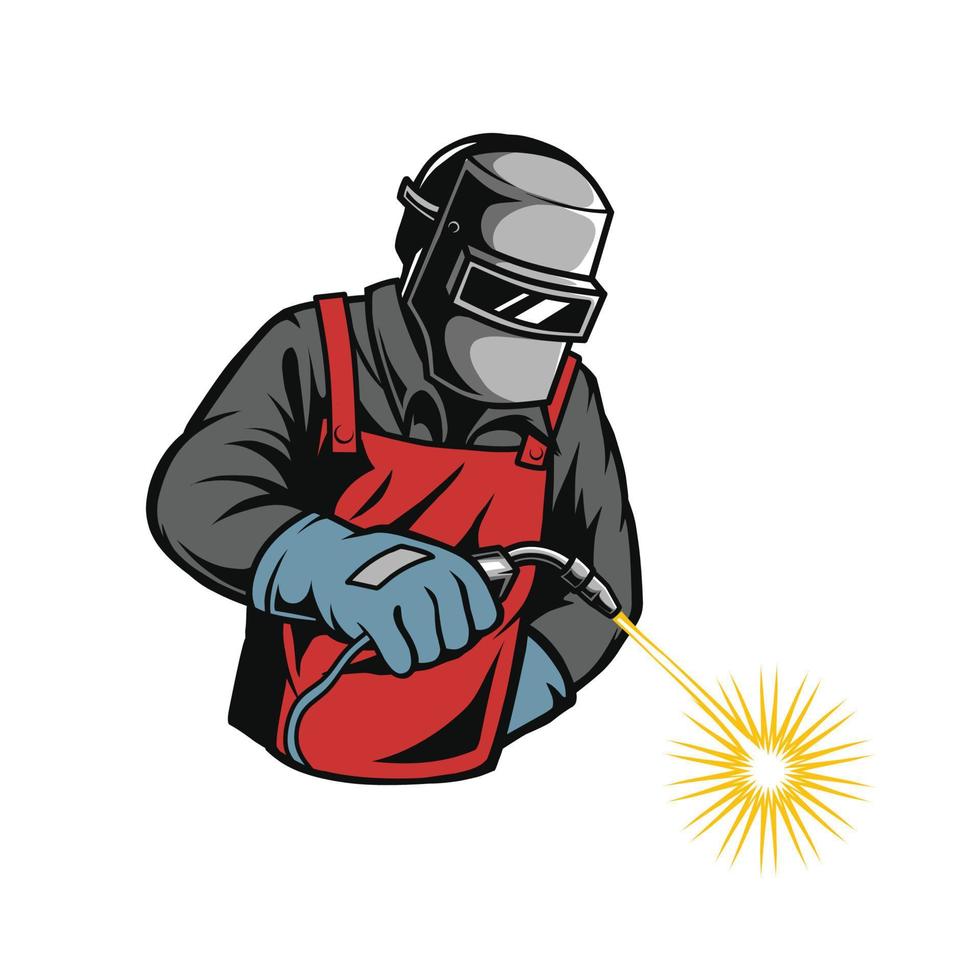Developing a Welding WPS: Step-by-Step Recommendations for Professionals
Developing a Welding WPS: Step-by-Step Recommendations for Professionals
Blog Article
The Ultimate Overview to Welding WPS Procedures: A Thorough Review for Welders
In the detailed world of welding, Welding Treatment Specs (WPS) serve as the foundation of guaranteeing top quality, uniformity, and security in welding procedures (welding WPS). As we dig into the various elements of a WPS and discover the details of qualification and qualification, we will uncover the important function these procedures play in the realm of welding.
Value of WPS Procedures
Recognizing the relevance of Welding Treatment Specs (WPS) procedures is vital for making certain the quality and honesty of welded frameworks. WPS procedures function as a roadmap for welders, laying out the needed actions, criteria, and products required to achieve a sound weld. By adhering to WPS standards, welders can make certain consistency in their job, causing dependable and structurally sound welds.
One of the main reasons that WPS treatments are essential is their role in keeping weld quality and integrity. Adhering to the specified welding parameters and methods detailed in the WPS assists protect against flaws such as porosity, breaking, or incomplete fusion, which can endanger the toughness and toughness of the weld. In addition, WPS treatments are essential for making sure compliance with sector requirements and codes. By complying with established WPS standards, welders can show that their work fulfills the necessary requirements for safety and quality, giving assurance to clients, examiners, and governing bodies. Fundamentally, the value of WPS treatments can not be overstated, as they are basic to achieving consistent, top quality welds that fulfill market requirements and specs.
Parts of a WPS
A Welding Procedure Specification (WPS) usually makes up necessary parts that detail the certain needs for carrying out a weld, guaranteeing consistency and top quality in the welding procedure. The crucial components of a WPS consist of crucial variables such as base metals, filler metals, interpass and preheat temperature levels, welding processes, shielding gases, welding settings, and post-weld warmth therapy requirements.
Base metals describe the materials being joined, while filler steels are used to fill the gap in between the base metals during welding. Preheat and interpass temperatures are essential for managing the warm input and protecting against issues like fracturing or distortion. The welding process details the particular method to be used, whether it's gas metal arc welding (GMAW), secured metal arc welding (SMAW), or one more method. Protecting gases shield the weld pool from atmospheric contamination. Welding placements specify the alignments in which welding can be performed. Post-weld warm therapy might be required to soothe anxieties and boost the weld's homes. A thorough understanding of these components is vital for developing a extensive and efficient WPS.

Certification and Qualification
Having actually established the important components of a Welding Procedure Spec (WPS), the focus now changes in the direction of the crucial facets of certification and accreditation in welding methods.

Certification, on the other hand, is the formal acknowledgment of a welder's credentials by an appropriate qualification body or organization. Welding certifications are usually based upon the particular welding procedures, products, and settings a welder is certified to work with. Holding a valid welding certification demonstrates that a welder meets market requirements and is skilled to execute welding tasks to the called for specifications.
Producing a WPS
To create a Welding Treatment Spec (WPS) that meets market criteria, cautious consideration of welding processes, products, and functional parameters is important. The very first step in creating a WPS is to recognize the welding process to be made use of, such as gas metal arc welding (GMAW) or secured metal arc welding (SMAW)

Carrying Out and Checking WPS
Upon settling the thorough Welding Treatment Specification (WPS) that meticulously information welding procedures, materials, functional criteria, and top quality guarantee procedures, the focus moves to effectively applying and keeping track of the well established treatments. Implementation includes making certain that all welders associated with the task know with the WPS and follow it diligently Recommended Reading throughout the welding procedure. This calls for supplying appropriate training and supervision to assure adherence to the Website specified treatments. Monitoring the WPS entails constant oversight to validate that welding activities align with the documented requirements. Examinations, screening, and quality assurance measures are vital components of the tracking process to recognize any type of variances or concerns promptly. Normal audits and reviews of the welding treatments aid in keeping uniformity and high quality throughout the job. Reliable execution and monitoring of the WPS are critical for ensuring the honesty, strength, and security of the welded joints, eventually contributing to the overall success of the welding job.
Final Thought
In verdict, understanding and adhering to Welding Procedure Requirements (WPS) is essential for welders to ensure high quality, uniformity, and safety and security in their job. By understanding the components of a WPS, acquiring appropriate certifications and accreditations, creating thorough procedures, and implementing and checking them successfully, welders can improve their abilities and proficiency in welding techniques. Complying with WPS procedures is vital for creating high-quality welds and conference industry standards.
In the intricate globe of welding, Welding Procedure Specifications (WPS) serve as the backbone of making certain top quality, uniformity, and security in welding procedures. The welding process describes the particular strategy to be utilized, whether it's gas metal arc welding (GMAW), secured metal arc welding (SMAW), or one more method.To create a Welding Treatment Specification (WPS) that satisfies market criteria, careful consideration of welding processes, materials, and functional criteria is necessary. The very first action in producing a WPS is to identify the welding procedure to be used, such as gas metal arc welding (GMAW) or shielded steel arc welding (SMAW)Upon finalizing the extensive Welding Treatment Spec (WPS) that meticulously details welding procedures, materials, try this site operational parameters, and high quality assurance steps, the focus changes to effectively implementing and monitoring the recognized procedures.
Report this page